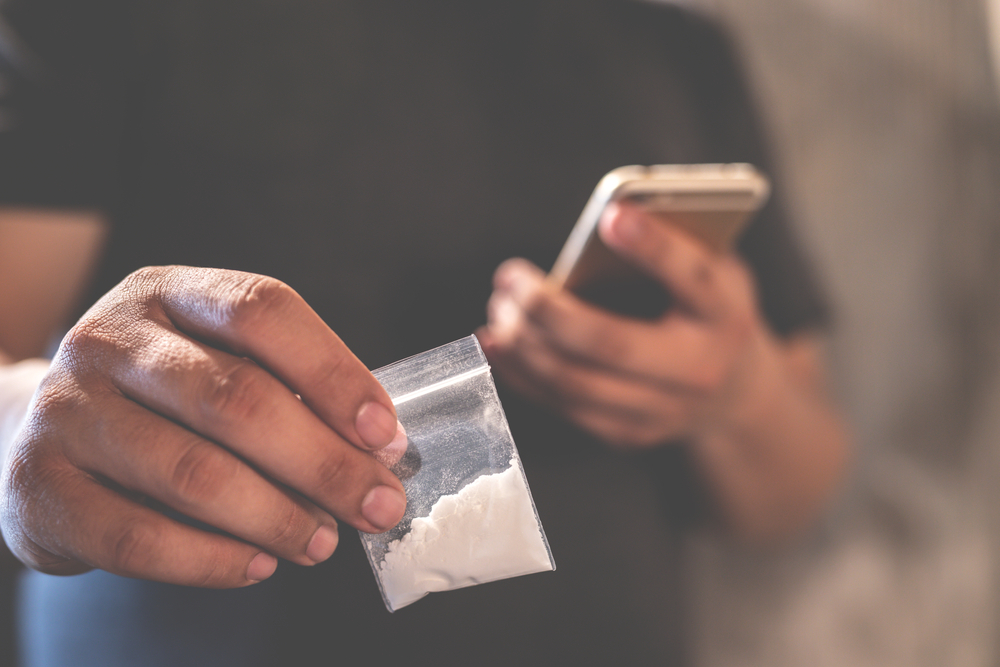Police in the Zuidas area of Amsterdam might soon be walking around with a scanner in their mobile phones to help them detect cocaine. Partly thanks to researchers Yannick Weesepoel and Martin Alewijn at Wageningen Food Safety Research.
Together with the Amsterdam Police, the Netherlands Forensic Institute (NFI) and other parties, the Wageningen researchers developed a cheap scanning application for detecting drugs, in this case cocaine. They published an article about it in the professional journal Drugs, Testing & Analysis.
Rapid testing
It is important for the police to be able to test a suspect on the spot, before samples are sent to a lab. They usually do that using a commercial rapid test, which changes colour when certain drugs are present. ‘The disadvantages that you only know whether a substance is present,’ says Weesepoel, ‘but not what the concentration is. And if the test is negative, you still don’t know what the substance is.’ Another disadvantage is that these rapid tests often react to substances that are used to adulterate drugs: hard drugs such as heroin and cocaine are often mixed with other substances such as lidocaine, caffeine or levamisole (a worm treatment for animals) to boost profits.
In three per cent of the cases it was a false alarm, which is similar to the currently used rapid tests
Yannick Weesepoel, Wageningen Food Safety Research

Many different substances
Weesepoel and the team developed an application that not only reveals the presence of cocaine but also measures the concentration. The scanner uses near-infrared light. ‘The advantage of that is that you can detect a lot of different substances. Our colleagues use it, for instance, to measure sugar levels in fruit to see how sweet it is.’ Weesepoel and his colleagues created an algorithm with which the scanner ‘learns’ how to recognize those substances. It works extremely well for cocaine, according to Weesepoel. In three per cent of the cases it was a false alarm, which is similar to the currently used rapid tests.
In the phone
Weesepoel doesn’t know whether the application will be developed further. ‘I think there’s one police officer walking around with that thing in Amsterdam now to test it in practise.’ Weesepoel certainly thinks it has potential: ‘A scanner like that costs about 200 euros to produce, while the more upmarket scanners cost 100 times that. You can put it in a phone and you can keep updating it with the latest information from the drugs database.’
The idea is that the scanner eventually learns to recognise those drugs. But that is quite difficult, says Weesepoel. ‘Sometimes it teaches itself the wrong things. It went down the wrong track with ketamine, for instance, but that’s because it had learned it from just one sample. So we’ve got a lot of fine tuning to do still. We will first work out whether we can make the scanner universally applicable, so that it can recognize at least 95 per cent of all street drugs. It might need a different model scanner for that.’

 Photo: Shutterstock
Photo: Shutterstock